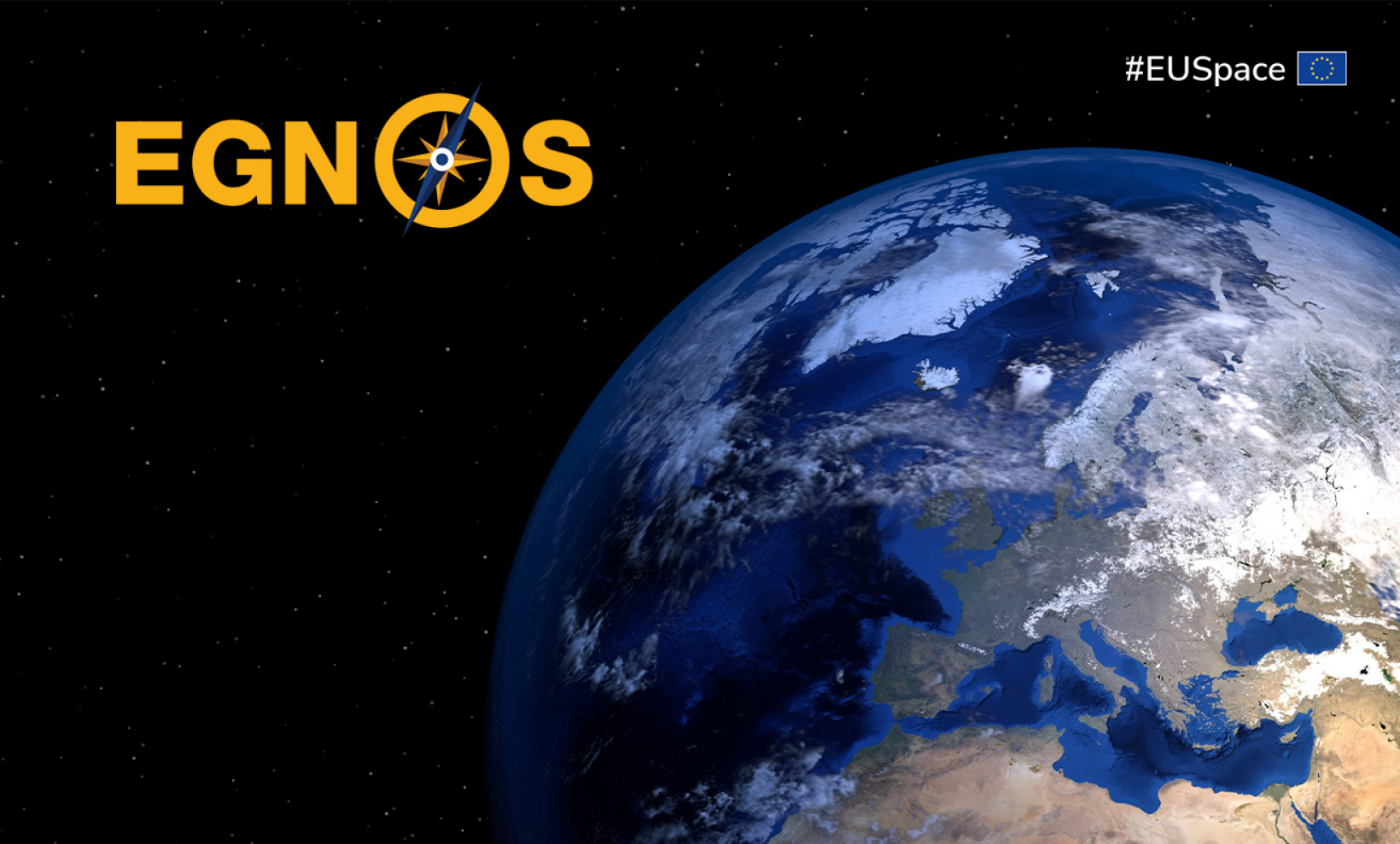
Yes, although you might not realise it, you use satellite navigation almost daily. Positioning data is a part of everyday life. Knowing when your parcel will be delivered, picking the fastest route to your meeting or simply withdrawing cash from an ATM. All these actions are facilitated either by Global Navigation Satellite Systems (GNSS) like Galileo, GPS, Beidou and GLONASS or Satellite Based Augmentation Systems (SBAS) like EGNOS or WAAS (US).
Do we all use the same positioning data on our devices? "Not quite" explains EUSPA EGNOS Exploitation Programme Manager Jean-Marc Piéplu. "The vast majority of satellite navigation signals is accessible by anyone with a device capable of calculating them. But, not all users have the same needs, and therefore, the services offered by service providers like EUSPA are customised.’’
"Think of it like this, a pilot landing an Airbus A320 in a foggy setting needs greater confidence in its navigation system to guide the aircraft safely to the runway than a tourist finding its way on the digital map of a city or a farmer using satellites to accurately plough its field. For the pilot, the signal must be continuous and absolutely reliable, in aviation there is no room for error when there are passengers on board.’’ he highlights. To meet evolving needs, EUSPA has been working closely with industry partners and institutional stakeholders to roll out various services both for Galileo and EGNOS.
EGNOS offers today three services to meet the needs of various user groups.
See how EGNOS works
The main objective of the EGNOS Open Service (OS) is to improve positioning accuracy by correcting several error sources affecting the GPS L1 (single-frequency) signals. EGNOS OS can only be used for non-safety critical purposes, i.e., purposes that have no impact on the safety of human life and where a failure in integrity or continuity of the EGNOS positioning solution could not cause any kind of direct or indirect personal damage, including bodily injuries or death. The EGNOS OS is accessible in Europe to any user equipped with an appropriate GPS/SBAS compatible receiver for which no specific receiver certification is required.
Likewise, EGNOS Data Access Service (EDAS) provides access to EGNOS data through the internet and the use is limited to non-safety purposes for users within surveying, mapping, construction, agriculture and more.
Things change drastically in the EGNOS Safety of Life (SoL). This service stands out not only in terms of the accuracy provided but also by its integrity. This is essential for applications in which human life could be in danger if the performance of the navigation system was degraded beyond the required level of accuracy.
The main objective of the SoL service, which has been available since 2 March 2011, is to support civil aviation operations down to LPV (Localiser Performance with Vertical guidance) minima. To provide the SoL Service, the EGNOS system has been designed so that the EGNOS Signal-In-Space (SIS) complies with the International Civil Aviation Organisation (ICAO) Standards and Recommended Practices for SBAS. However, the SoL Service is also intended to support applications in other domains such as maritime, railways and road.
Integrity matters
The EGNOS SoL consists of the same signal and data than OS for correcting the Global Positioning System (GPS) Standard Positioning Service (SPS) errors, but the OS data are complemented by alert and residual error bounding data which provide users with a guarantee of integrity of the horizontal and vertical positioning accuracy.
An EGNOS receiver provides permanently and in real-time not only a computed position, but also a “protection level” which operates like a virtual bubble around the computed 3D position: the probability that the real position is actually beyond this protection bubble remains smaller than one out of 10 million (10-7) over an entire precision approach. This is the warrantee ensured by EGNOS which is key in particular to a safe vertical guidance in Aviation: in case the “virtual bubble” exceeds pre-defined tolerance levels, an alarm is raised and the aircraft interrupts its approach to implement a reversion procedure (e.g. missed approach).
In order to access to this SoL service, a receiver certified as compliant to the minimum operation and performance standards is required. The SoL service is provided openly and is freely accessible without charge.
In addition to the aviation industry, other Safety-of-Life applications are being developed in other modes of transport, EGNOS is still the only solution for users who require high levels of integrity above the other requirements.
Going beyond Aviation, EUSPA is currently developing a new EGNOS service dedicated to the maritime users, which will complement and serve as an alternative to the local DGNSS networks currently deployed along European coasts. Additionally, in the maritime and inland waterways sector, EUSPA is supporting member states with the upgrade of shore station equipment that enables the transmission of EGNOS corrections over IALA Radio beacons and AIS stations.

